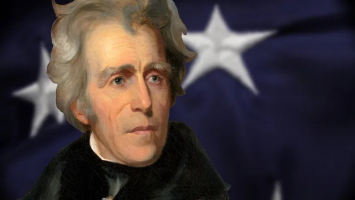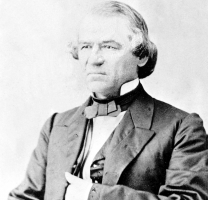Top 7 Interesting Facts about Andrew Carnegie
Andrew Carnegie was a Scottish-American industrialist and philanthropist who pioneered the expansion of the American steel industry in the late 19th century. ... read more...He was also one of the richest Americans in history. Here are the most interesting facts about Andrew Carnegie.
-
Andrew Carnegie was born on the 25th of November, 1835 in Dunfermline, Scotland. His family was stricken by poverty. His mother Margaret fixed shoes, while his father William weaved on a handloom. At the beginning of the industrial revolution, William refused to work in the nearby factories, further depleting the family's financial resources. When Carnegie was 12 years old, his father's handloom weaving business had hit extremely bad times, and to make matters worse, the nation was experiencing famine. His mother worked with her brother to help support the family and ran a "sweetie shop" where she sold potted meats, making her the breadwinner.
When Andrew Carnegie was a boy, he was inspired by his mother's dedication to the labor of love, which she put forth in an effort to give her children a brighter future than his father. In actuality, Margaret was the one who made the decision to immigrate to America in 1848 as a result of the widespread famine. The Carnegies, who were having financial difficulties, made the decision to borrow money from George Lauder, Sr., and go to Allegheny, Pennsylvania, in the United States in 1848 with the hope of starting again. The migration of Carnegie to America would be his second trip away from Dunfermline; the first being a visit to Edinburgh to see Queen Victoria.
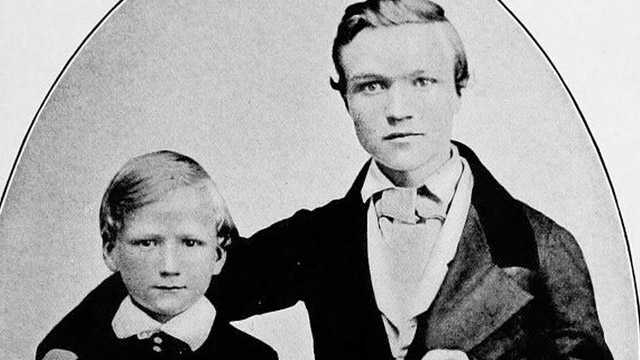
Photo: PBS 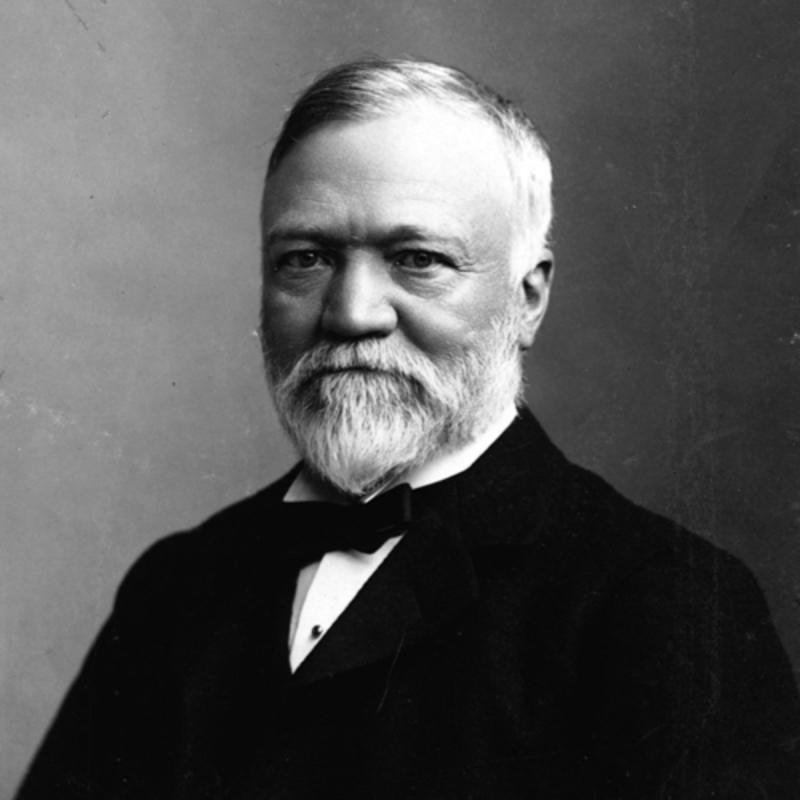
Photo: Biography -
One of the interesting facts about Andrew Carnegie is that he was mostly self-taught and had a deep appreciation for learning. Due to their poor class, Carnegie and his brother were not allowed to attend school. Together, this helped Carnegie see the significance of equality. He was still quite interested in education and reading, though. He would later study all he could about the ship and its routine operations while the family immigrated to the United States by ship.
Before taking a position as a telegraph messenger, Andrew Carnegie worked at a cotton factory in Allegheny, Pennsylvania (modern-day Pittsburgh). Carnegie read and taught himself how to translate telegraph signals by ear, making up for his lack of formal education by self-study. This latter talent led to Carnegie's subsequent promotions to the positions of clerk and telegraph operator at the age of 17 in the telegraph office. He was one of the few individual telegraphers who could instantaneously translate the code after teaching himself how to utilize the Morse code.
Carnegie's charm and sharp intelligence helped him quickly climb to the high ranks of the railroad and eventually found himself working as Thomas A. Scott's secretary. He acquired important management and investment lessons from Scott's guidance.
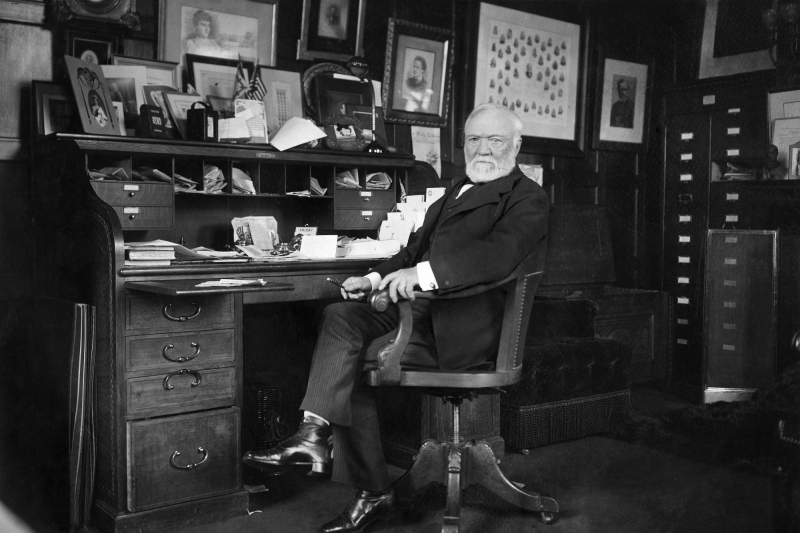
Photo: Entrepreneur Source: Business Casual -
Some people are aware of this interesting fact about Andrew Carnegie, whereas many others are unknown. He had a strong love for libraries. He was denied access to the neighborhood library when he was a teen because of a new regulation that said that only students of the school could enter. He ultimately decided to write a letter to the council and the newspapers, which had the effect of allowing young people access to all of Pittsburgh's libraries.
His devotion to libraries continued throughout his years of generosity, during which he created and provided funding for almost 3000 public libraries across the country. The oldest library in Washington, D.C., housed in stunning beaux-arts structures dating back to 1903 was constructed with a $300,000 donation from Carnegie.
Andrew Carnegie began building libraries in locations where he had ties personally. The Dunfermline Carnegie Library, the first of Carnegie's public libraries, was located in his Scottish hometown and birthplace. Between 1883 and 1929, 2,509 Carnegie libraries were constructed, some of which were part of public and academic library systems. 1,689 were constructed in the US, 660 in the UK and Ireland, 125 in Canada, as well as others in the Caribbean, Mauritius, Malaysia, Fiji, South Africa, Australia, and New Zealand.
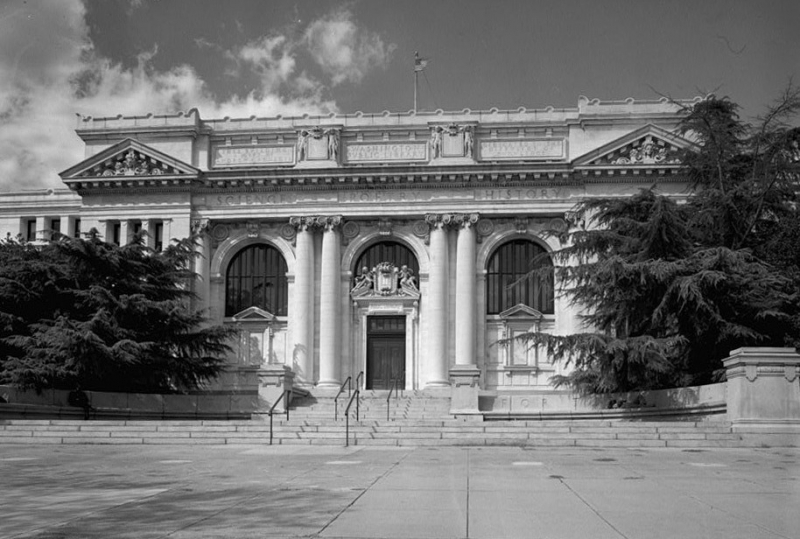
Photo: NPR Source: Lampshade -
Andrew Carnegie first worked as a messenger and later as a telegrapher in 1849. The Pennsylvania Railroad Company's Thomas A. Scott hired Andrew Carnegie as a secretary/telegraph operator in 1853 when he was about 18 years old for a beginning wage of $4 per week. Carnegie chose to work for the railroad over the telegraph business because he believed the former offered more opportunities for professional development and experience. At the age of 24, Scott questioned Carnegie's suitability to serve as superintendent of the Pennsylvania Railroad's Western Division. Carnegie assumed his official role as the Western Division's superintendent on December 1, 1859.
When William Carnegie passed away at the age of 20, Andrew took over as the family's primary provider. He started making investments with his salary from his employment. Investment in the Woodruff Sleeping Car Company served as the catalyst for this. He would later organize a union of the Woodruff and Pullman Car Companies.
He then went on to work in the railroad sector, rising to the position of superintendent while gaining important commercial and investment skills. These entrepreneurial abilities would be the cornerstone of Andrew Carnegie's success in his later years as a business magnate.
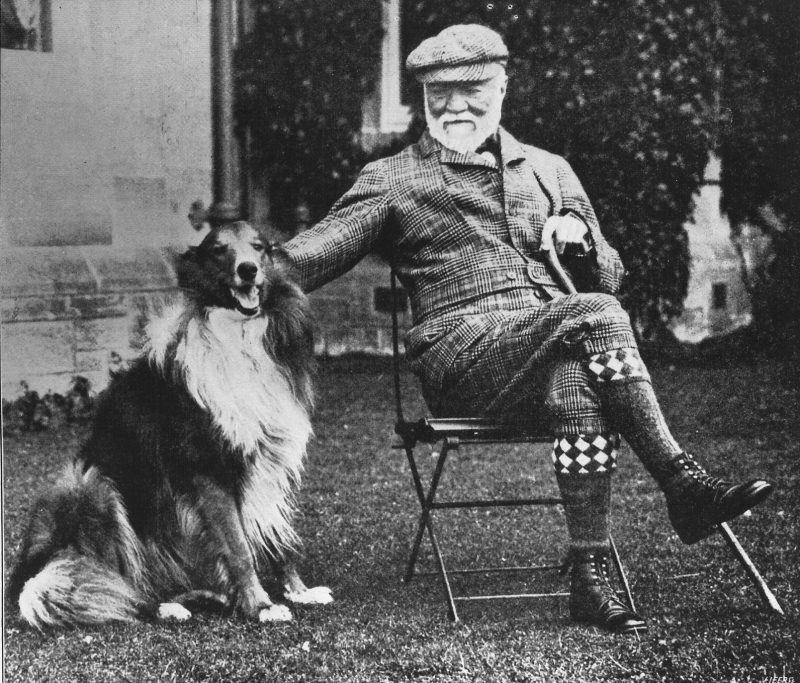
Photo: Pesticide action network UK Source: The Daily Bellringer -
Andrew Carnegie contributed early capital to the Venango County, Pennsylvania-based Columbia Oil Company in 1864. The farm produced almost $1,000,000 in cash dividends in a single year, and oil from nearby wells was successfully sold. Pittsburgh became a hub of wartime production because of the demand for iron goods like gunboat armor, cannons, and shells, among a hundred other industrial goods. Together with others, Carnegie built a steel rolling plant, and his wealth came from controlling the steel business and producing steel. Prior to the war, Carnegie made some investments in the iron sector.
Carnegie quit the railroads after the war to focus on the ironworks industry. The Keystone Bridge Works and the Union Ironworks were established in Pittsburgh as a result of Carnegie's efforts to create a number of ironworks. Despite having left the Pennsylvania Railroad Company, Thomas A. Scott and J. Edgar Thomson, who were in charge of it, were still in touch with him. He utilized his relationship with the two men to win business for his Keystone Bridge Company and the rails that his ironworks produced.
Through Keystone, Andrew Carnegie provided the steel and held stock in the historic Eads Bridge project that spans the Mississippi River in St. Louis, Missouri (completed 1874). This project served as a crucial proof-of-concept for steel technology, ushering in a brand-new steel market.
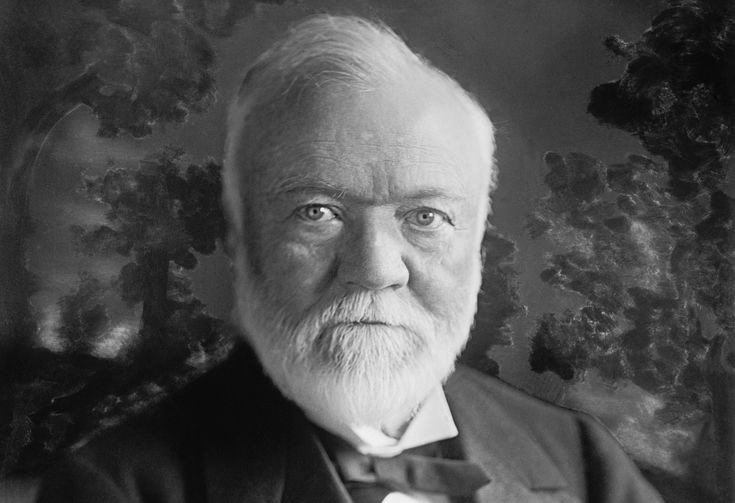
Photo: ThoughtCo Source: Money Craze -
It became obvious that Andrew Carnegie possessed the inclinations and skills necessary to innovate and maximize his company. As an illustration, he was able to successfully implement the Bessemer steel production method, which reduced costs across the board for the steel sector. The extensive network of skyscrapers, bridges, trains and ships in the country was built in part thanks to Carnegie's steel companies.
His steel industry provided the raw materials needed to construct the US's physical infrastructure. Andrew Carnegie manufactured the steel that made machinery and transportation possible across the country, which served as a spark for America's participation in the Industrial Revolution. He also invented the machine called the "Bessemer Converter" that could swiftly and effectively turn molten iron into stronger steel, which is one of the interesting facts about Andrew Carnegie.
His steel sector quickly grew to dominate a sizable portion of the world steel market. The US had surpassed the UK in steel production by the late 1880s. His business partnership with J.P. Morgan, a banker, resulted in the establishment of the U.S. Steel Corporation in 1901, which grew to be one of the biggest corporations in the world. Over time, his main focus and his strategy revolutionized steel production and accelerated the growth of the American economy.
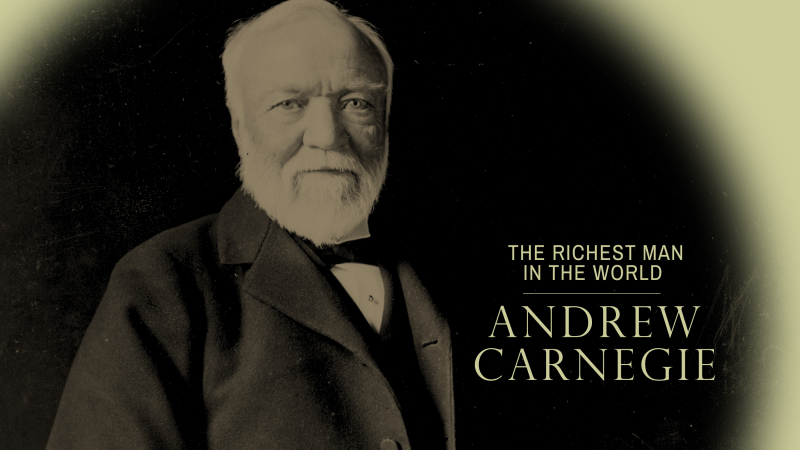
Photo: PBS 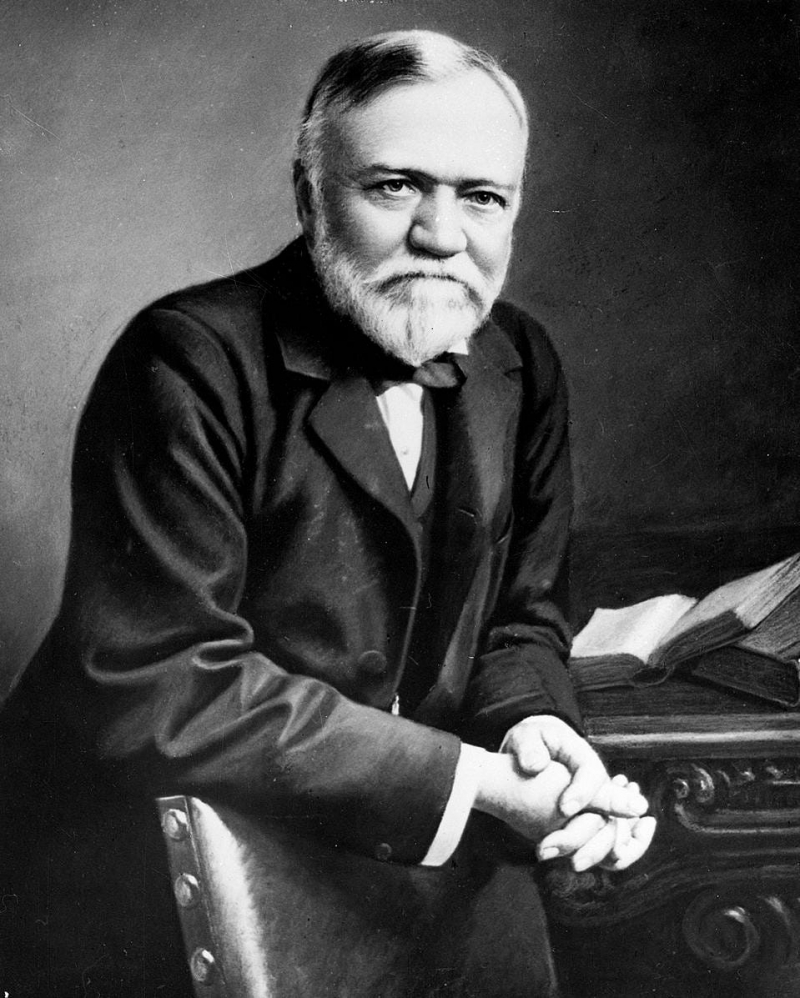
Photo: Forbes -
In 1901, Andrew Carnegie stopped operating for profit. He made the decision to concentrate his energies on giving back to the country with the significant amount of money he had amassed. He formed a number of charities and allied causes because he had a lifetime appreciation for equality, social justice, and education. This includes the Carnegie Institution of Science, Carnegie Endowment for International Peace, and Carnegie-Mellon University.
To further improve the lives of the people of his hometown, he also founded the Carnegie Dunfermline Trust. On August 11, 1919, Andrew Carnegie passed away in his Massachusetts estate and was interred in Sleepy Hollow, New York. His remaining money was donated to charities, and the legacy he left behind is still in effect today.
Carnegie was honored for his philanthropy and support of the arts by initiation as an honorary member of Phi Mu Alpha Sinfonia fraternity on October 14, 1917, at the New England Conservatory of Music in Boston, Massachusetts. The fraternity's goal of encouraging young men to contribute their talents in order to foster peace in the world is a reflection of Carnegie's principles.
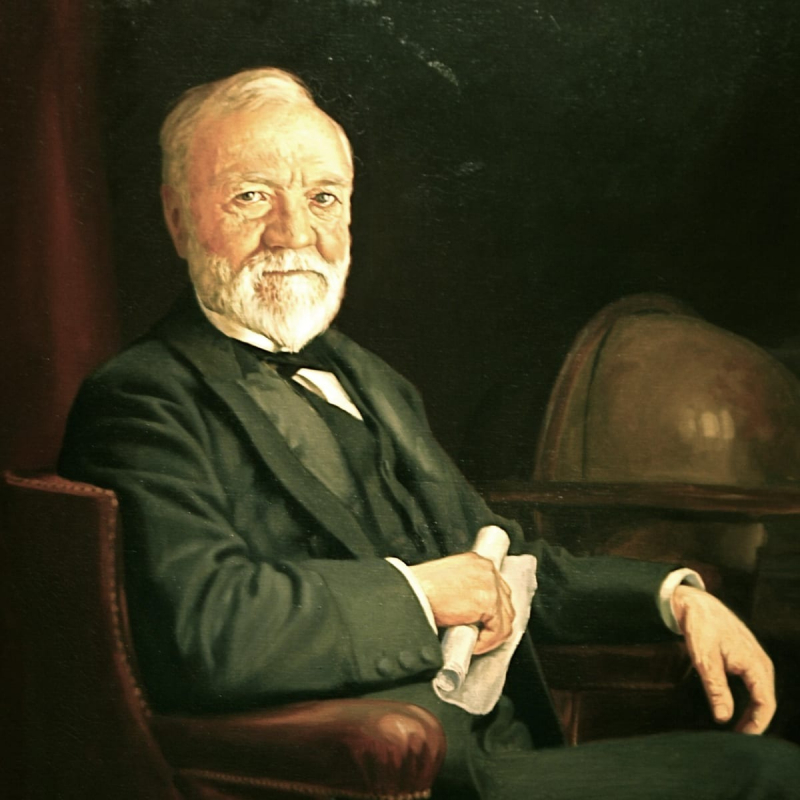
Photo: History Source: Human after all









